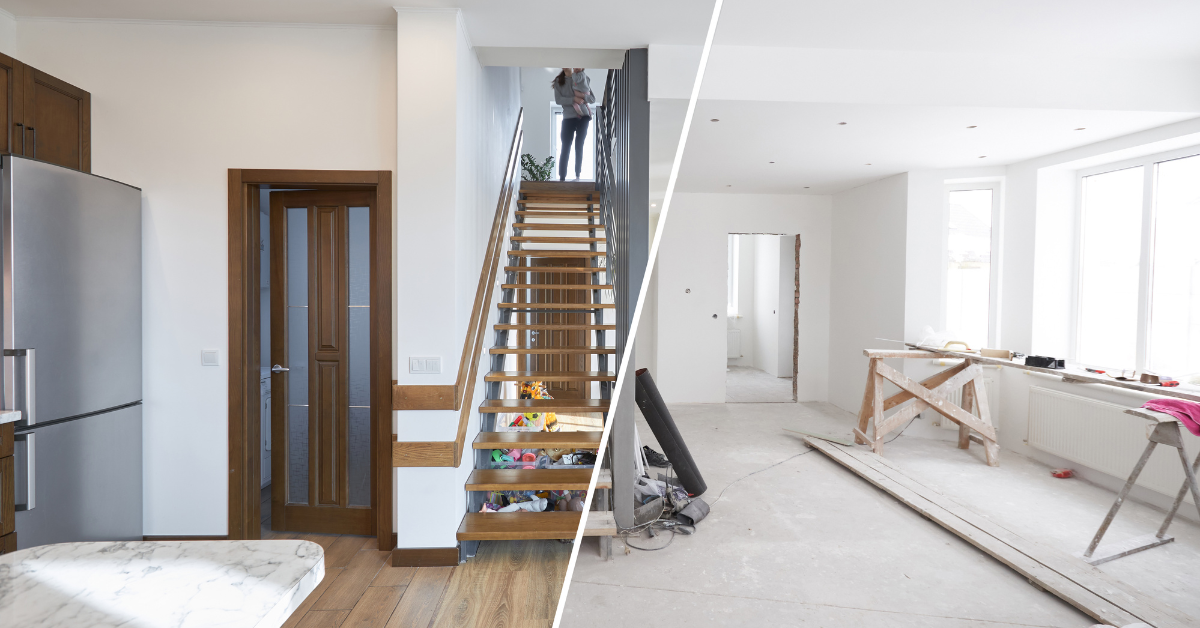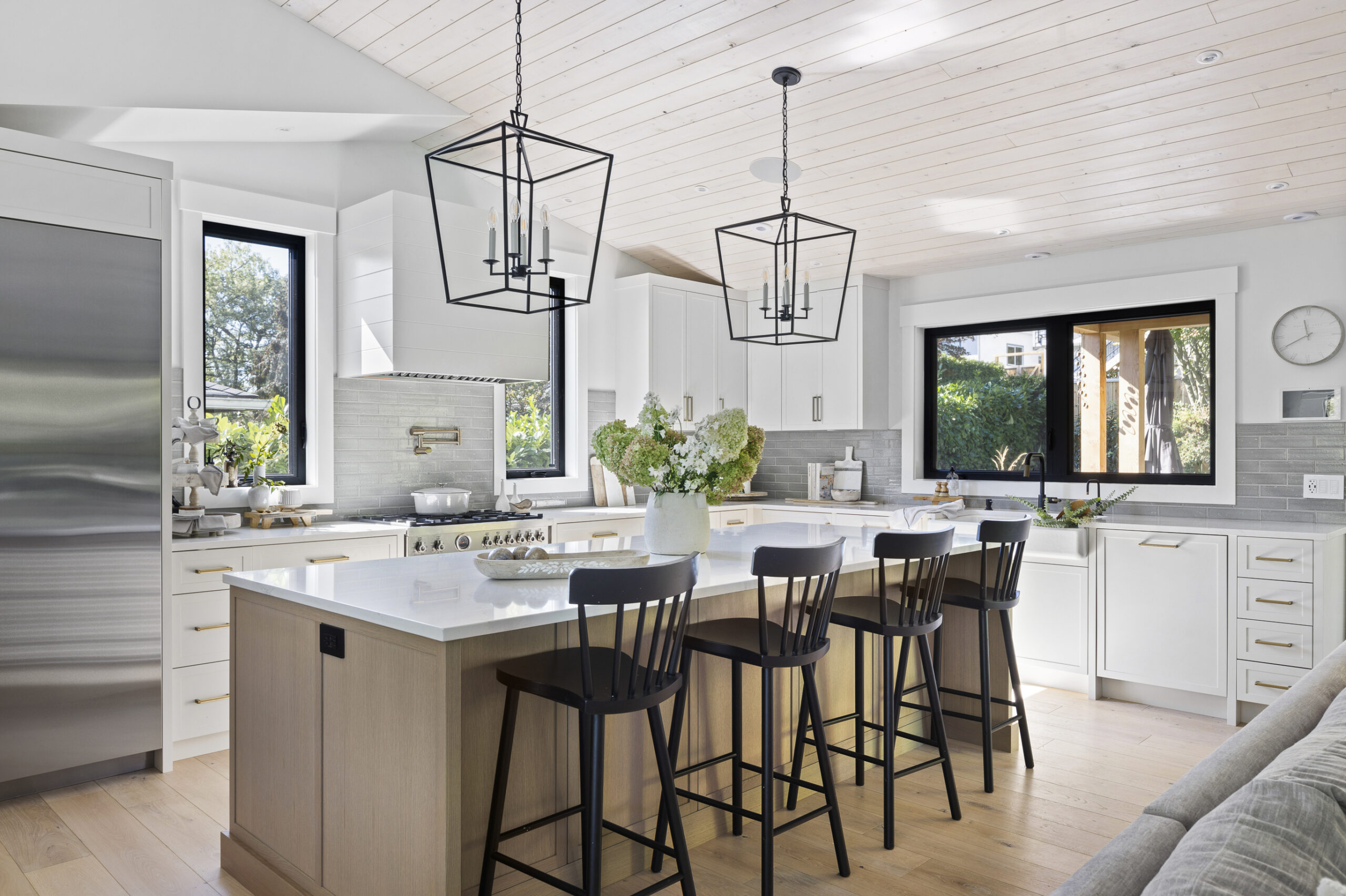
In our previous blog post, we explained the meaning behind six key terms or concepts used by home renovators. Here we cover six more common expressions to help you clearly communicate with your contractor and avoid any misunderstandings with your project.
Framing the Issue
The “framing” of your house refers to the material used (lumber is most common) to build the skeleton of your home – which leads to a common realtor refrain that a building has “good bones.” You’ve likely heard of commonly used terms such as studs, joists, and beams, but may not know what they refer to.
Studs
Studs refer to the vertical material used to build your walls. Traditionally, they were constructed using 2x4s (lumber that was once upon a time two inches thick by four inches wide, though now the actual dimensions are smaller). Exterior walls are now commonly built using 2x6s to accommodate thicker amounts of insulation.
Many renovators now use steel studs to frame interior walls as they are consistently straight (or “true” in builder’s speak) and because they can come with precut holes for running wiring and plumbing through the framing.
Joists and Beams
The joists and beams are the horizontal components (aka “members”) of the floors and ceilings. The beams are the load-bearing components (see Load-Bearing Walls in Part 3). The joists rest on or are secured to the beams and provide the support for the floor or ceiling on top of them.
Window Options
There are two basic window options: fixed and operable. Fixed windows are those that do not open. Large fixed windows are usually referred to as picture windows. Any window that you can open and close is considered operable. From there, your options seem almost endless.
Sliders, appropriately enough, slide horizontally within the frame. Depending on the design, one or both sections (i.e. “sashes”) of the window will be operable.
Single- and double-hung windows refer to windows that slide up and down in the frame. A single-hung being one where only one of the windows opens; with double-hungs both sashes can move.
Casement windows are hinged on either side of the frame and swing open using a crank arm. Depending on the orientation of the
An awning window operates similar to a casement but is hinged at the top, so they swing up. Awnings are often used in basements, sometimes doubling as an emergency exit.
Finally, there are hopper windows – awnings that are hinged at the bottom – though these are fairly uncommon.
In older homes the windows may consist of simple pieces, or “panes,” of glass. Modern windows are built as units with two or three panes of glass connected in a sealed unit. Add-ons including argon gas between the panes and Low-E (low-emissivity) coating to help improve the energy efficiency of the window.
Flashing
Flashing refers to material that goes behind windows, doors, and other components of the exterior faade of your home to prevent water from penetrating the building envelope. If you’re calling in a contractor to deal with water damage you’ve noticed on the walls around your windows, chances are that missing or failing flashing is the culprit.
Soffit and Fascia
Roofs often extend past the walls. A soffit is the material installed on the underside of the roof overhang. It not only creates a finished appearance, but it closes off the space and protects your home from the elements (water, wind), and small animals and birds.
Unlike the soffit, which is underneath and often not very visible until you’re standing under it, the fascia is the vertical siding installed above the soffit and very visible. It spans from the soffit to the roof’s edge, and it’s what your gutters are attached to.
For more renovation terms explained, read Part 1 and Part 3.



